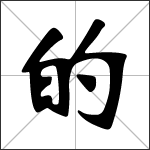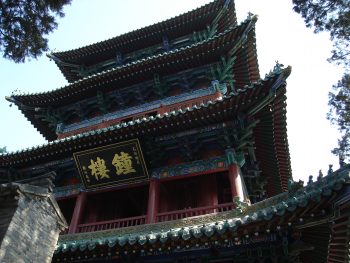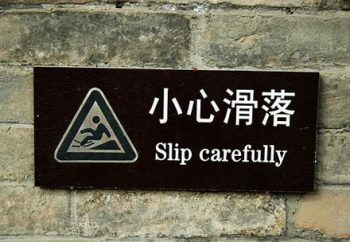Archive by Author
Kashgar (喀什) Posted by Stephen on Nov 29, 2011
Located roughly 250 km from the borders of Afghanistan, Kyrgyzstan, Tajikistan, and Pakistan, Kashgar or 喀什 (Kāshí) is a border city of approximately million people located in western Xinjiang Province. The surrounding countryside is almost all desert, with average temperatures sea-sawing between extremely frigid colds and scorching heat (sometimes both happening within 24 hours). It is…
The Taklamakan Desert (塔克拉玛干沙漠) Posted by Stephen on Nov 27, 2011
The Taklamakan Desert or 塔克拉玛干沙漠 (Tǎkèlāmǎgān Shāmò), is the world’s 17th largest desert (and one of the largest sandy deserts), running north-south throughout western Xinjiang, Mongolia and even parts of Russia and Afghanistan. It is bordered by the KunLun mountains to the south and the Tianshan (later post) to the north. Taklamakan is a cold desert, elevated more than…
Tongue Twisters (绕口令) Posted by Stephen on Nov 22, 2011
On the first day of study abroad in Beijing, my Chinese teachers taught our class this little tongue twister to help us work with our tones: 老师是四十四,是不是?(lǎoshī shì sìshísì, shì bú shì) Translation: The Teacher is 44, no (is this true/true of false)? Why this seemingly innocuous sentence? Was it really all that important to…
The Bǎ Construction (把) Posted by Stephen on Nov 20, 2011
With few prepositions in the Chinese language, adding depth to your conversations is often difficult for non-native speakers. That’s why learning the bǎ construction (把) is a helpful way to improve your sentence formation and add grammatical complexity to your conversations. Instead of sticking to basic (and often boring) Subject-Verb-Object sentence patterns, the ba construction gives native…
Using the “的” Modifier for Possessive Construction Posted by Stephen on Nov 17, 2011
As your Chinese improves, adding complexity to your sentences can be tricky without the proper grammar tools. Especially when it comes to descriptions of particular nouns. Fortunately for you, showing ownership or possession in Chinese is quite easy to do grammatically using the modifier “的”. The Chinese particle “de” (的) is most commonly used as a…
Modern Kung Fu and Commercialization (现代功夫) Posted by Stephen on Nov 13, 2011
On the surface (在表面上), modern Shaolin Kung fu seems little altered from its ancient and austere roots. Monks still dress the same way, perform the same dazzling feats and train at the same place. The Shaolin temple has been rebuilt in keeping with traditional architecture and the “Shaolin Way” has been exported throughout the globe…
Chinese + English = Chinglish (中式英语) Posted by Stephen on Nov 7, 2011
If you’ve ever visited China, you’ve undoubtably come across a “Chinglish” sign that makes you either stop and scratch your head or burst out laughing. These signs, which usually are the by-product of direct plug and play dictionary findings by a non-English speaker, are a stark reminder of the subtle, yet important differences between English…









